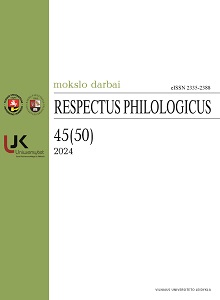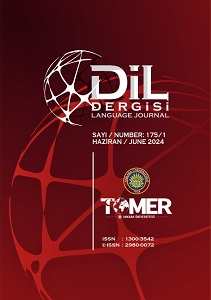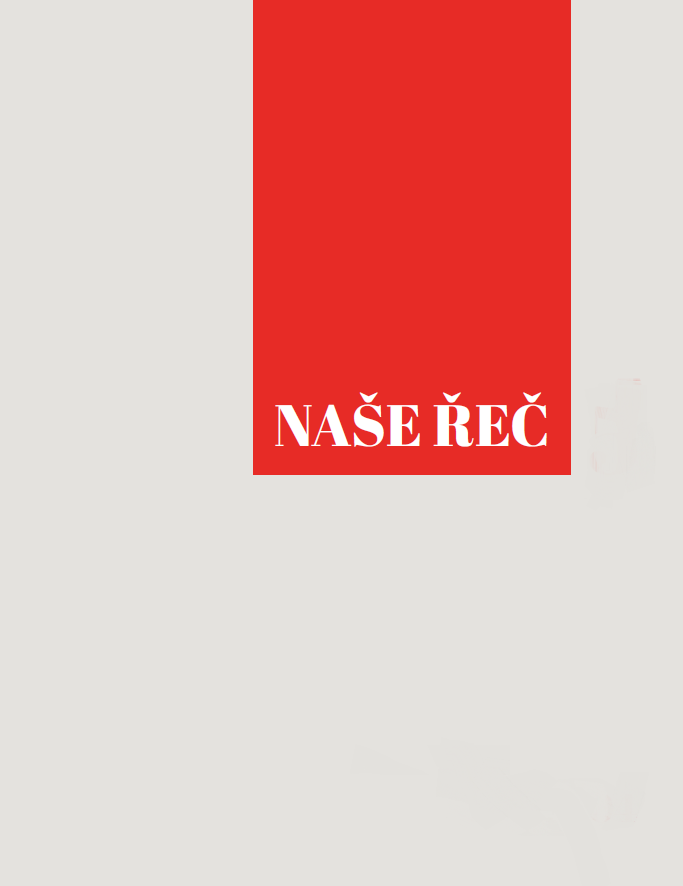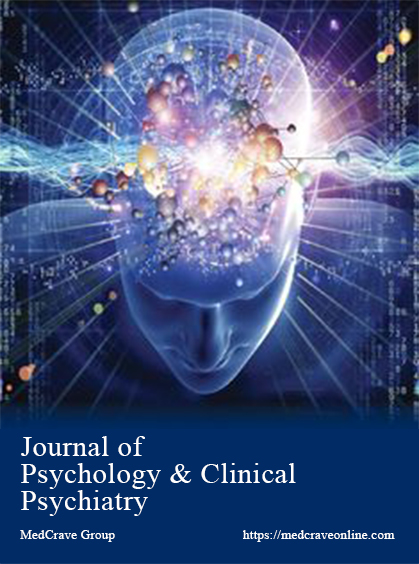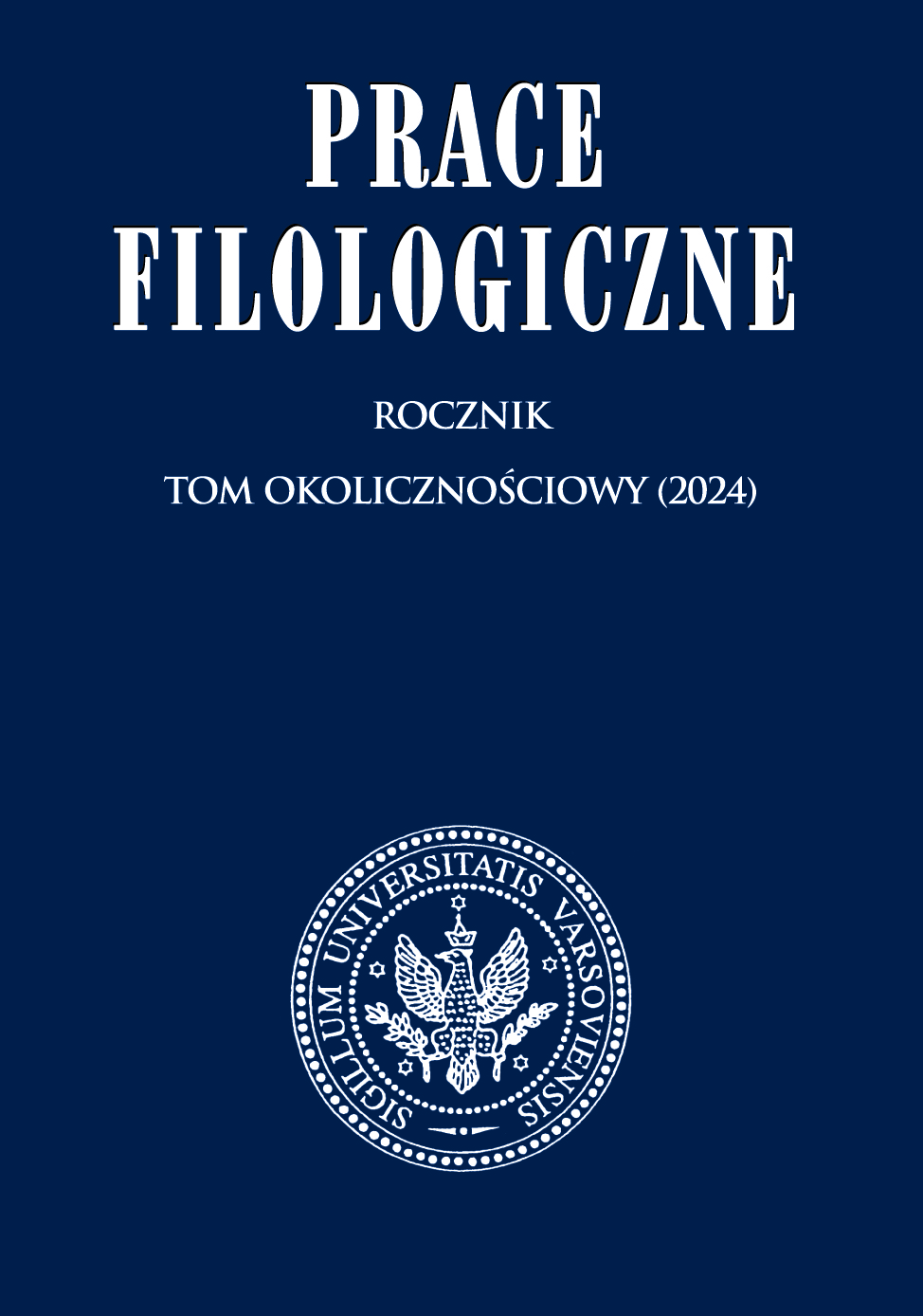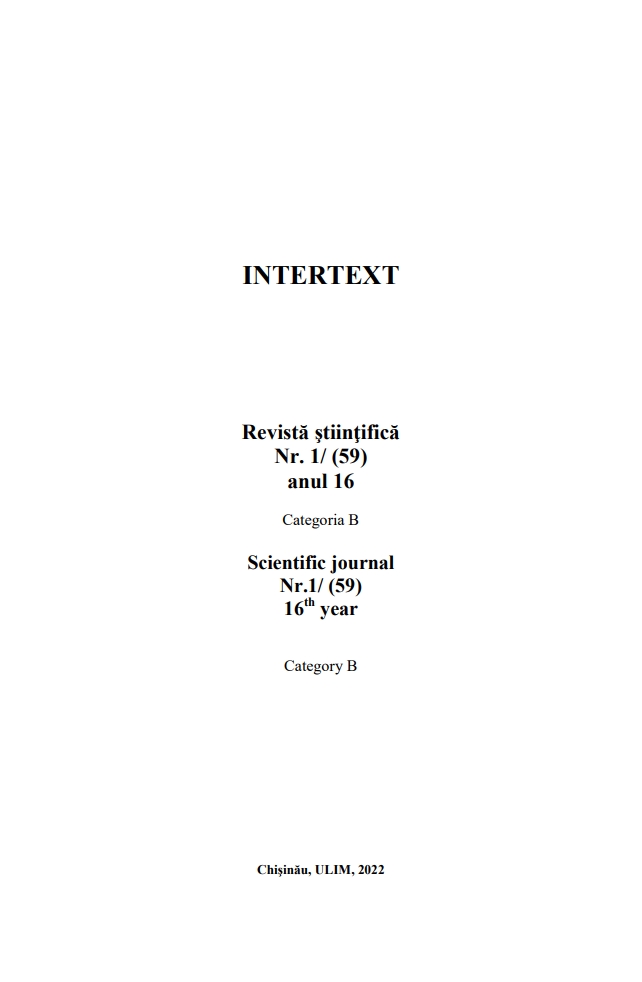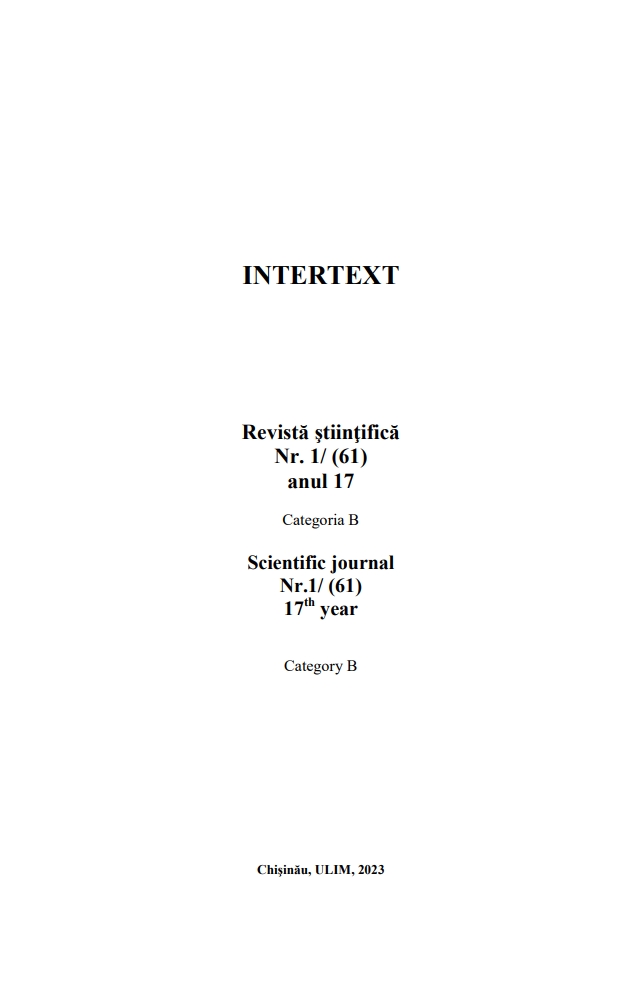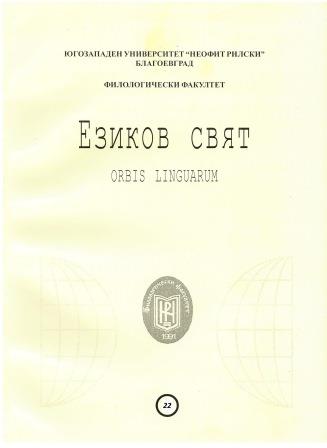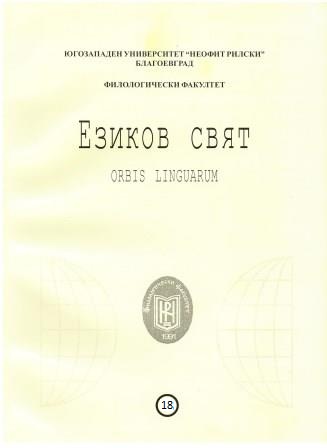
КОНЦЕПТИ «КОХАННЯ» ТА «ШЛЮБ» В УКРАЇНСЬКІЙ МОВНІЙ КАРТИНІ СВІТУ
The article is devoted to the analysis of the concepts of "love" and "marriage" originally as manifestations of the social organization of a society that connects individuals with one another, and its implementation in the Ukrainian language picture of the world. The author analyzes these concepts on the material of the works of Lina Kostenko. It is proved that the verbalized concepts of "love" and "marriage" produce the conceptual information contained in the verbal means of expression. It is stated that the means of expression of the above concepts are multilevel linguistic units, such as: separate tokens, terminological conjunctions, conventional metaphors, established linguistic expressions, paremia, linguistic cliches, etc. It has been determined that the culture of love and family relations in the Ukrainian language picture of the world is closely linked to verbal (literary and everyday) expressions. In the speech of love, the law of speech amplification of emotion works: the statement of emotion enhances the emotion itself, and sometimes even creates it. The linguistic representation of love is embodied in the culturally deterministic means of their verbal expression and is the main explicators of the ideas that have formed in Ukrainian culture regarding this feeling. It has been traced that one of the spheres of human activity that is clearly reflected in phraseology is love, marriage, family, family relations. This is why universal concepts include concepts such as love, betrothal, marriage, marriage, family, family relationships, which form a broad semantic field, or a semantic group consisting of smaller phrase-groups according to the name of the concepts.
More...

